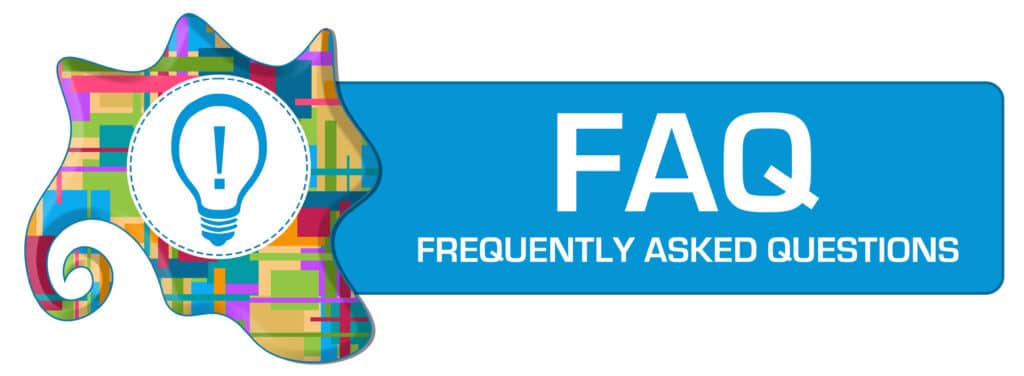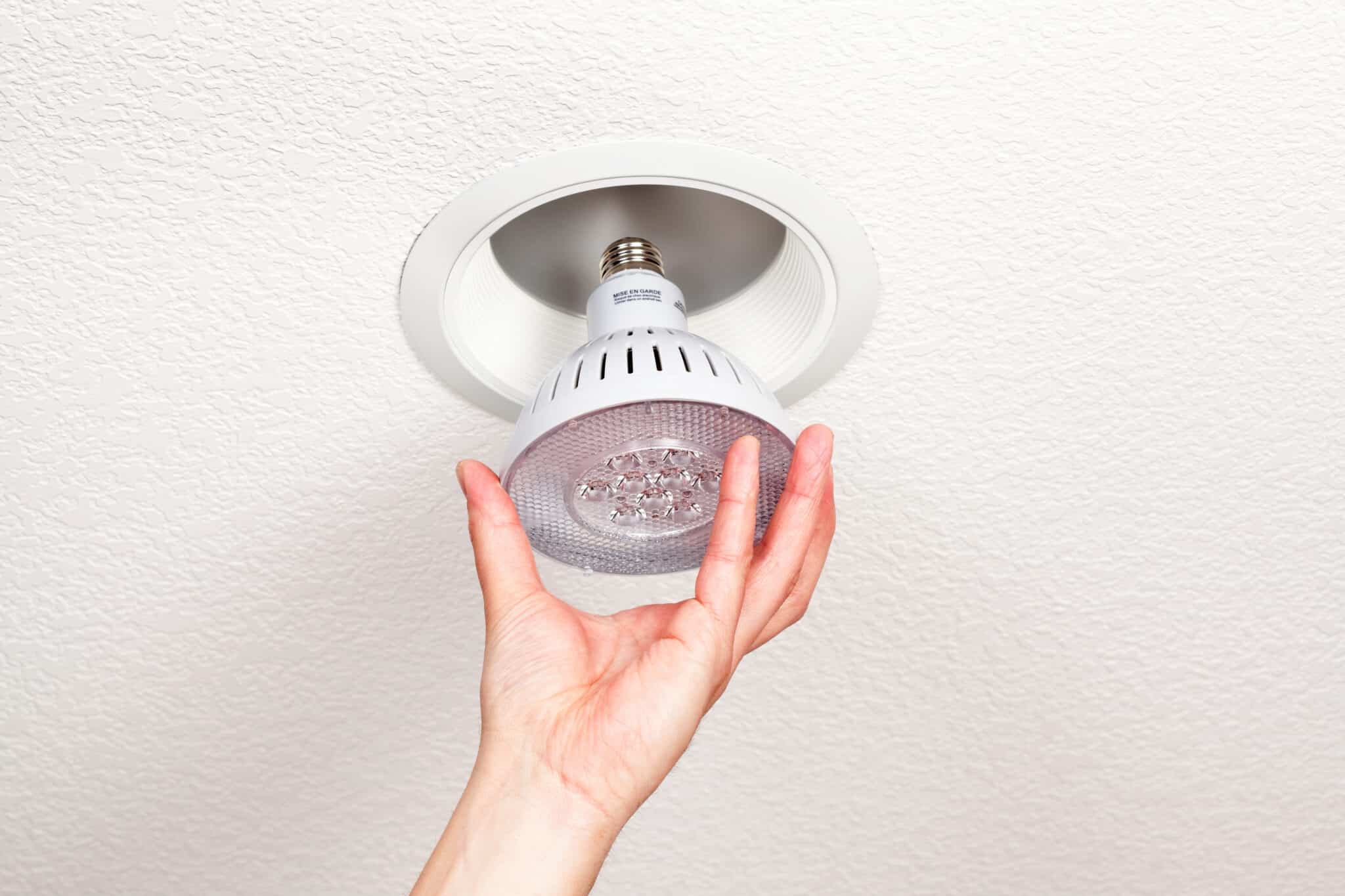Are you looking to enhance the safety and efficiency of your home’s lighting? Knowing about IC ratings is a crucial step.
Whether you’re upgrading your lighting fixtures or installing new ones, understanding IC ratings can make a significant difference in ensuring your home is both safe and energy-efficient.
In this guide, we’ll dive deep into what IC ratings are, why they matter, and how they can benefit your home.
From enhanced safety and fire prevention to improved energy efficiency and moisture control, learning about IC ratings will equip you with the knowledge to make informed decisions about your lighting needs. Get ready to transform your home’s lighting with confidence!
What is an IC Rating?
An IC rating, or Insulation Contact rating, indicates that a lighting fixture is safe to come into contact with insulation. This rating is essential because it ensures that the fixture won’t overheat when surrounded by insulation, reducing fire risks and enhancing safety.
Without an IC rating, fixtures could pose significant hazards, such as causing insulation to ignite due to excessive heat build-up.
IC-rated fixtures are designed with safety mechanisms that allow them to operate at lower temperatures, even when buried in insulation.
This is particularly important in modern homes where energy efficiency is a priority, and insulation is used extensively to maintain indoor temperatures.
IC Rating Standards and Regulations
IC ratings are governed by strict standards and regulations to ensure safety and efficiency. These standards are established by various organizations, including the Underwriters Laboratories (UL) and the National Electrical Code (NEC).
Adhering to these standards ensures that the fixtures meet the necessary safety requirements and are suitable for residential and commercial use.
The NEC outlines specific requirements for IC-rated fixtures, including their design, construction, and performance. These fixtures must undergo rigorous testing to simulate real-world conditions, ensuring they can safely dissipate heat without posing a fire risk.
Compliance with these standards is not just a recommendation but a legal requirement in many jurisdictions, making IC ratings a critical consideration for any lighting project.
How IC Ratings are Determined
IC ratings are determined through rigorous testing. This testing involves assessing the fixture’s ability to dissipate heat and maintain safe operating temperatures when in direct contact with insulation.
Fixtures that pass these tests are labeled as IC-rated, signifying their safety and compliance with industry standards.
The testing process includes placing the fixture in a controlled environment that mimics actual installation conditions. The fixture is then operated for an extended period while being monitored for temperature changes.
If the fixture can operate without exceeding the safe temperature limits set by regulatory bodies, it earns an IC rating. This certification process ensures that consumers can trust IC-rated fixtures to perform safely in their homes.

Photo from iStock – Credit: Dimitris66
Types of IC Ratings
IC Rated vs. Non-IC Rated
Understanding the difference between IC-rated and non-IC-rated fixtures is fundamental when selecting lighting for your home. IC-rated fixtures are designed to be in direct contact with insulation without the risk of overheating or causing a fire.
In contrast, non-IC-rated fixtures must have a minimum clearance from insulation to prevent heat build-up, which can be a safety hazard.
Examples of IC-Rated Fixtures
There are various types of IC-rated fixtures available on the market, catering to different lighting needs. Some common examples include:
- Recessed Lighting: Often used in ceilings, IC-rated recessed lights are perfect for providing ambient lighting in living rooms, kitchens, and hallways.
- Downlights: These are ideal for task lighting in areas such as bathrooms and kitchens, where insulation contact is common.
- LED Fixtures: Modern LED fixtures often come with IC ratings due to their energy efficiency and low heat output.
Applications for IC-Rated Fixtures
IC-rated fixtures are suitable for a wide range of applications, particularly in areas where insulation is prevalent. Common uses include:
- Residential Spaces: Living rooms, bedrooms, and kitchens often benefit from IC-rated fixtures, ensuring safety and efficiency in insulated environments.
- Commercial Buildings: Office spaces, retail environments, and public buildings also utilize IC-rated lighting to meet safety standards and energy regulations.
- Attics and Basements: These areas often have significant insulation, making IC-rated fixtures a necessity to prevent potential fire hazards.
Benefits of IC-Rated Lighting
Enhanced Safety and Fire Prevention
One of the most significant benefits of IC-rated lighting is enhanced safety. IC-rated fixtures are designed to prevent overheating, even when they come into direct contact with insulation.
This reduces the risk of fire, making them an essential choice for any home. By choosing IC-rated fixtures, you ensure that your lighting setup adheres to safety standards and minimizes potential hazards.
Improved Energy Efficiency
IC-rated fixtures are also known for their energy efficiency. These fixtures are designed to operate effectively within insulated spaces, ensuring that minimal energy is wasted.
They help maintain the insulation’s integrity, which can significantly reduce heating and cooling costs. This efficiency translates to lower energy bills and a reduced environmental footprint, making IC-rated lighting a smart choice for eco-conscious homeowners.
Moisture Control
Another crucial advantage of IC-rated fixtures is their ability to control moisture. In areas like bathrooms and kitchens, where moisture levels can be high, IC-rated lights help prevent condensation from forming inside the fixture.
This moisture control not only extends the life of the lighting but also helps maintain a healthier indoor environment by reducing the likelihood of mold growth.
Problems with Non-IC Rated Fixtures
Non-IC-rated fixtures can lead to several significant issues that impact both safety and efficiency in your home:
Fire Hazards: Non-IC-rated fixtures are not designed for direct contact with insulation, which can cause overheating and potentially ignite surrounding insulation, leading to fires. This risk is especially high in homes with extensive insulation.
Energy Loss: These fixtures require clearance from insulation, creating gaps where heat escapes. This reduces the effectiveness of your insulation, leading to higher heating and cooling costs.
Moisture Issues: Without proper insulation contact, non-IC-rated fixtures can allow condensation to build up within the fixture or surrounding areas, causing water damage over time. This is particularly problematic in humid areas like bathrooms and kitchens.
Code Violations: Using non-IC-rated fixtures where IC-rated ones are required can result in building code violations. Non-compliance can lead to fines, increased insurance premiums, and difficulties when selling your home.
Longevity and Durability: Non-IC-rated fixtures have shorter lifespans due to the increased risk of overheating and moisture damage. This leads to frequent replacements and higher maintenance costs.
Understanding these issues highlights the importance of choosing IC-rated fixtures for your home to ensure safety, efficiency, and compliance with building codes.
How to Identify IC-Rated Fixtures
Labeling and Certification Marks
Identifying IC-rated fixtures is straightforward if you know what to look for. Manufacturers typically label these fixtures with specific certification marks.
Look for labels that say “IC” or “IC-rated,” often accompanied by certification logos from organizations like Underwriters Laboratories (UL). These labels are usually found on the fixture itself or in the product documentation.
Visual Identification Tips
Aside from labels, there are visual cues to help identify IC-rated fixtures. These fixtures often have a more robust and enclosed design compared to non-IC-rated fixtures.
They are built to handle direct contact with insulation, so they typically have extra insulation and thermal protection components within the fixture.
Manufacturer Documentation
Another reliable method is to check the manufacturer’s documentation. Product manuals, packaging, and specification sheets will indicate whether a fixture is IC-rated.
This information is crucial for ensuring you select the right fixture for areas where insulation contact is inevitable.
Installation of IC-Rated Lighting
Step-by-Step Guide for Homeowners
Installing IC-rated lighting can be a straightforward process if you follow these steps:
- Turn Off Power: Ensure that the power to the lighting circuit is turned off at the main breaker panel to prevent any electrical accidents.
- Remove Existing Fixture: If replacing an old fixture, carefully remove it and disconnect the wiring.
- Prepare the Area: Cut or adjust the ceiling hole to fit the new IC-rated fixture, ensuring it is the correct size.
- Connect Wires: Match the corresponding wires from the fixture to the house wiring (typically black to black, white to white, and green or bare wire to ground). Secure with wire nuts.
- Insert Fixture: Place the IC-rated fixture into the ceiling hole. Make sure it is securely fastened and fits snugly against the insulation.
- Install Bulbs: Insert the appropriate light bulbs recommended for your fixture.
- Restore Power: Turn the power back on at the main breaker panel and test the new fixture to ensure it is working correctly.
The Role of Professionals
While installing IC-rated lighting can be a manageable DIY project, hiring a professional ensures the job is done safely and correctly. Licensed electricians have the expertise to handle complex wiring and installation tasks, minimizing the risk of electrical issues. They also ensure that the installation complies with local building codes and standards, providing peace of mind and safety for your home.
By choosing professional installation, you benefit from:
- Expert Knowledge: Professionals bring specialized skills and experience to the installation process.
- Safety Assurance: Proper handling of electrical components reduces the risk of accidents and malfunctions.
- Code Compliance: Ensures that the installation meets all relevant regulations and standards.
Consider consulting with a licensed electrician for your IC-rated lighting installation to guarantee a safe and efficient outcome.
Retrofitting Existing Lighting
Converting Non-IC to IC-Rated Fixtures
Retrofitting your existing non-IC-rated fixtures to IC-rated ones can enhance safety and efficiency. Here’s how you can do it:
- Assess Current Fixtures: Identify the non-IC-rated fixtures that need to be upgraded.
- Purchase IC-Rated Fixtures: Choose IC-rated fixtures suitable for your lighting needs and ensure they fit the existing openings.
- Turn Off Power: As always, ensure the power is turned off at the main breaker panel.
- Remove Old Fixtures: Carefully remove the non-IC-rated fixtures, disconnecting the wiring.
- Install IC-Rated Fixtures: Follow the same steps for installing new fixtures: connect wires, secure the fixture, and ensure it fits properly with the insulation.
- Test: Restore power and test the new IC-rated fixtures to ensure proper operation.
DIY vs. Professional Retrofitting
Deciding between DIY and professional retrofitting depends on your comfort level with electrical work:
- DIY Retrofitting: Suitable for those with some electrical experience. It’s cost-effective but requires caution and adherence to safety protocols.
- Professional Retrofitting: Recommended for those with little to no electrical experience. It ensures the job is done safely and correctly, adhering to all local building codes.
Common Installation Mistakes to Avoid
- Ignoring Power Safety: Always turn off the power before starting any installation.
- Incorrect Wiring: Ensure all wires are properly matched and securely connected.
- Improper Fixture Fit: Make sure the IC-rated fixture fits snugly into the ceiling opening and is in contact with insulation as required.
- Skimping on Quality: Invest in high-quality IC-rated fixtures to ensure longevity and reliability.
- Overlooking Building Codes: Always ensure that installations comply with local building codes to avoid future issues.
IC Rating Compliance and Building Codes
Overview of Relevant Building Codes
Compliance with building codes is crucial when installing IC-rated fixtures. Building codes are designed to ensure safety, efficiency, and quality in construction.
In the United States, the National Electrical Code (NEC) sets the standards for electrical installations, including the requirements for IC-rated fixtures.
These codes mandate that IC-rated fixtures be used in insulated ceilings to prevent fire hazards and improve energy efficiency.
Ensuring Compliance in New Constructions
For new constructions, it’s essential to integrate IC-rated fixtures from the beginning. Here’s how to ensure compliance:
- Consult Local Codes: Check your local building codes for specific requirements related to IC-rated fixtures.
- Use Certified Products: Ensure that all lighting fixtures used are certified by recognized organizations like Underwriters Laboratories (UL).
- Hire Qualified Professionals: Work with licensed electricians and contractors who are familiar with IC rating requirements and can ensure proper installation.
- Inspection and Approval: Schedule inspections to ensure that all installed fixtures meet code requirements and are approved by local authorities.
Retrofitting Older Homes
When retrofitting older homes, upgrading to IC-rated fixtures is a key step in meeting current building codes:
- Assessment: Begin with a thorough assessment of existing lighting fixtures and their compatibility with current codes.
- Select Appropriate Fixtures: Choose IC-rated fixtures that fit the existing openings and meet the latest standards.
- Professional Installation: Consider hiring professionals to ensure the retrofit is done correctly and safely.
- Inspection: Have the retrofit work inspected to verify compliance with building codes.
Transform Your Home’s Lighting with Mister Sparky of Charleston!
Ready to upgrade your home’s lighting for better safety and efficiency? Mister Sparky of Charleston is here to help! Serving Summerville, SC, and the surrounding areas, our licensed electricians ensure compliance with all building codes, providing peace of mind with every installation.
Our experienced team handles both new constructions and retrofits, offering top-notch service you can trust. Don’t miss our special offers and discounts for first-time customers and referrals. Improve your home’s lighting safely and efficiently with our expert services.
Choose Mister Sparky of Charleston for quality, safety, and efficiency. Contact us today to learn more and transform your home’s lighting with the experts at Mister Sparky of Charleston

Frequently Asked Questions About IC Ratings
What Does IC Stand For in IC-Rated Lighting?
IC stands for “Insulation Contact.” It indicates that a lighting fixture is designed to be safely installed in direct contact with insulation without the risk of overheating or causing a fire hazard. This IC rating ensures the fixture can handle the heat generated without compromising safety.
Can IC Rated Fixtures be Covered with Insulation?
Yes, IC-rated fixtures can be covered with insulation. They are specifically designed to handle this contact without overheating, making them safe for use in insulated spaces. The IC rating confirms that the fixture can operate safely even when surrounded by insulation materials.
What Happens if a Non-IC Rated Fixture is Used in an IC Application?
Using a non-IC-rated fixture in an application requiring an IC-rated fixture can pose significant fire risks. Non-IC-rated fixtures can overheat when in contact with insulation, potentially igniting the insulation and causing a fire. Therefore, it’s crucial to use fixtures with the appropriate IC rating for safe operation.
How Can I Tell if a Fixture is IC Rated?
IC-rated fixtures are usually labeled with “IC” or “IC-rated” markings. Additionally, you can check the product documentation or look for certification marks from organizations like Underwriters Laboratories (UL). The IC rating will be prominently displayed to ensure consumers can easily identify compliant fixtures.
Are IC Rated Fixtures More Expensive?
IC-rated fixtures might be slightly more expensive than non-IC-rated ones due to their enhanced safety features and rigorous testing standards. However, the benefits of increased safety and energy efficiency often outweigh the additional cost. Investing in fixtures with an IC rating ensures long-term safety and performance.









